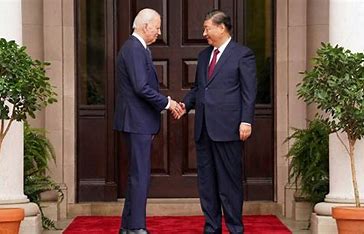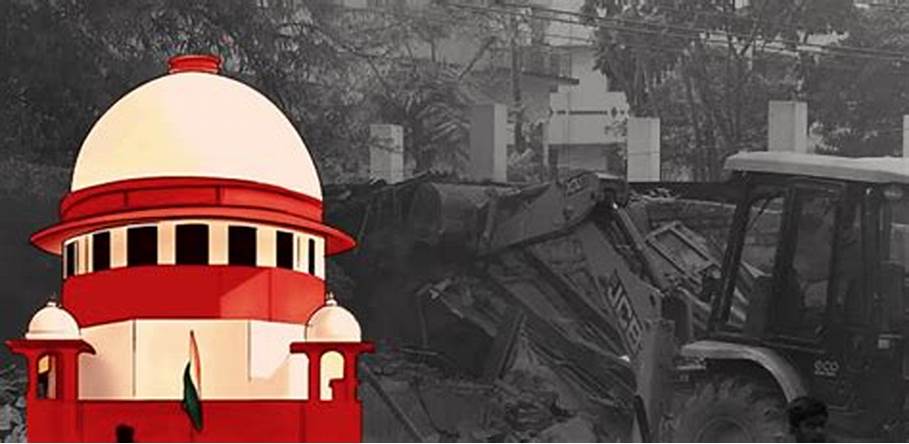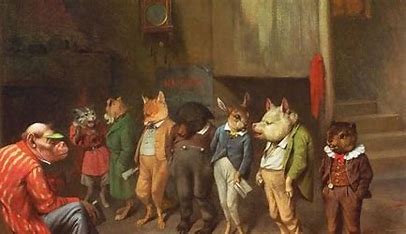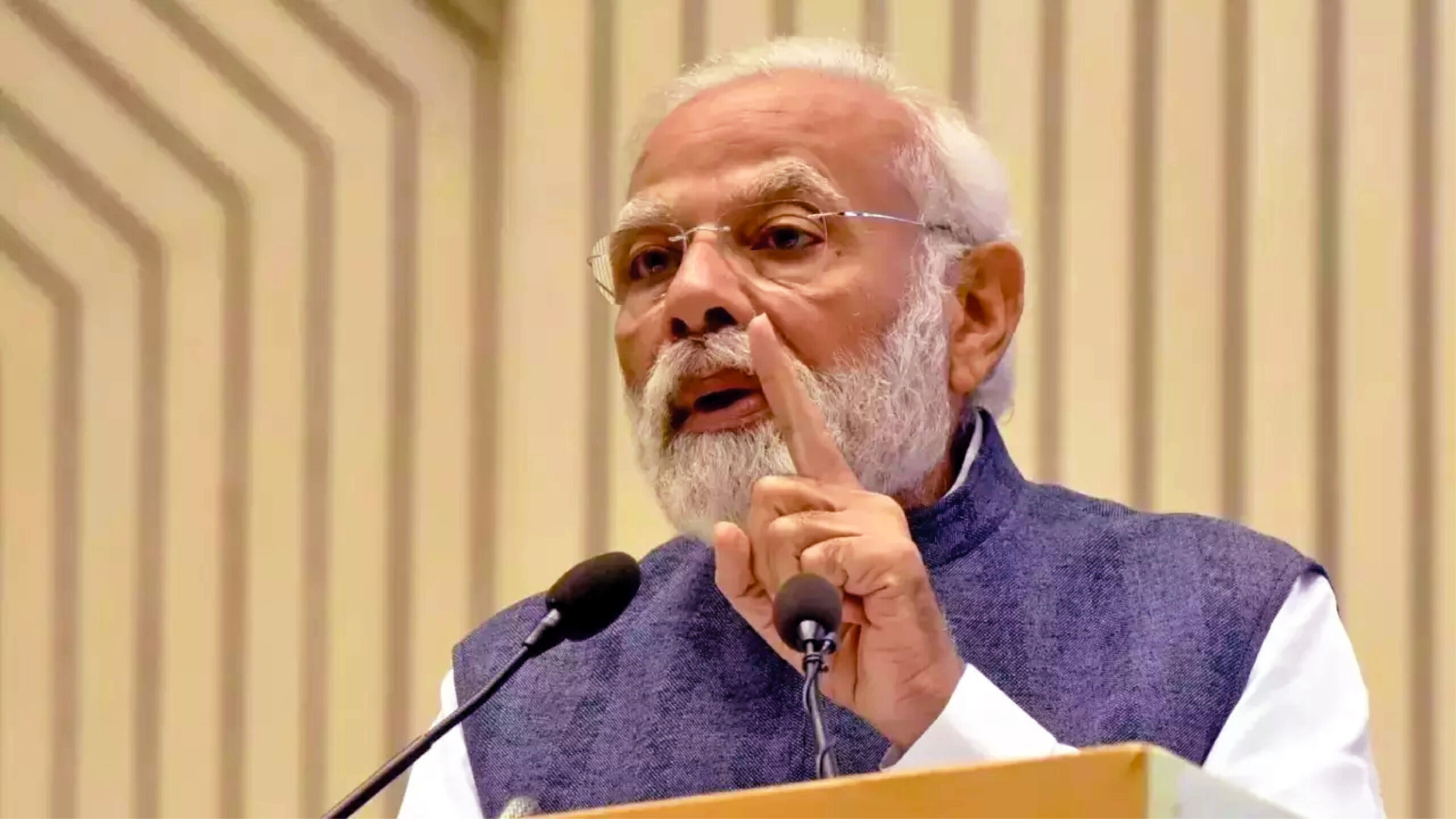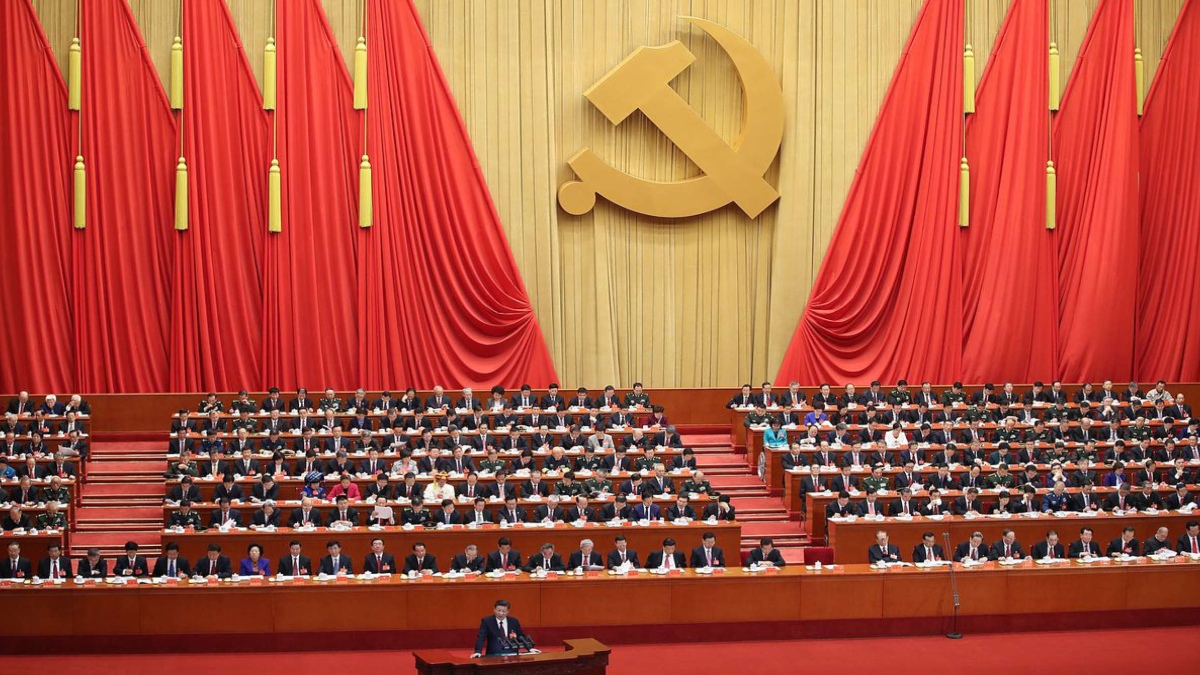
During the recent US-China Summit, Yang Jiechi, member of the Politburo of the Chinese Communist Party and senior-most Chinese diplomat, bluntly told US Secretary of State Antony Blinken, “The Chinese people are wholly rallying around the Communist Party of China. Our values are the same as the common values of humanity. Those are: peace, development, fairness, justice, freedom and democracy.” He continued for several minutes criticizing the US for its human rights record, “We do not believe in invading through the use of force, or to topple other regimes through various means, or to massacre the people of other countries, because all of those would only cause turmoil and instability in this world.”
India has recently had a different experience with China in Ladakh. However, there is an abyss between the Chinese leader’s words and what is happening in the Middle Kingdom. One typical example is the grand celebrations of the so-called Serf Emancipation Day on March 28. It is the greatest lie ever told concerning Tibet.
What is this ‘emancipation’? March 28, 1959, marks the end of the massacre of the Tibetan population in Lhasa and the placing of tight control over the Tibetan capital by Beijing. The Dalai Lama was sacked as chairman of the Preparatory Committee for the Tibet Autonomous Region (TAR), was replaced by a more pliant Panchen Lama and had just fled the Roof of the World to take refuge in India.
The Communist Party, which has forgotten the 40 or 50 million deaths during the Great Leap Forward, the 10 million or so Chinese who perished during the cruel Great Proletarian Cultural Revolution, or closer to our times, the Tiananmen massacre in 1989, still ‘celebrates’ the Emancipation of the Tibetans.
Several non-Tibetan accounts of the events of March 1959, including the popular uprising, the flight of the Dalai Lama, the massacre of the Tibetan population and finally the so-called ‘emancipation’—all this in less than three weeks—are today in the public domain. In his ‘Report for the months of March, April and May 1959’ sent to the Ministry of External Affairs, Maj S.L. Chibber, the Indian Consul General in Lhasa said, “In the history of movement for free Tibet, the month of March, 1959, will be most historic… during this month Tibetans high and low, in Lhasa, capital of Tibet, openly challenged the Chinese rule… the might of [the] PLA, who on March 20, 1959, started an all-out offensive against the ill-organised, ill-equipped and untrained Tibetans with artillery, mortars, machine guns and all types of automatic weapons, was short-lived.” Chibber continued, “On March 28, 1959, the State Council of the People’s Republic of China dissolved the local Tibet Government and transferred all its functions and powers to the Preparatory Committee for the Tibetan Autonomous Region (TAR).”
R.S. Kapur, another Indian official posted as Indian Trade Agent in Gyantse, wrote in his Annual Report for the year 1959, “The year 1959 will go down as the most important year in the history of Tibet. It marked an end to the way of life of the Tibetan people. The Dalai Lama, who felt that he could no longer function effectively, left his country in March. …With Opposition out of the country, Chinese got a free hand and they went all out to subjugate the country. People have been deprived of their movable and immovable property.” He further asserted, “While the heart of Tibet was bleeding, the free world only made speeches. With the end of the debate on Tibet in the United Nations, Tibetans lost all hopes of their survival, stared at the sky with blank eyes and asked: Where is God? Where is Buddha?”
Another publication, The 1959 Tibetan Uprising Documents: The Chinese Army Documents, released a few years ago, used documents from the PLA’s Military Intelligence, which corroborated Chibber’s version of the bloody events of 1959.
But sixty-two years later, the Chinese media is full of the ‘liberation and emancipation’ of the serfs in 1959. A number of interviews have been published by Xinhua and its affiliates; one mentions a place called Khesum, “the name of a manor in Tibet, and also the name of a living hell for 302 serfs there.” The actual fact is that it was the ordinary people, the ‘masses’ in Communist jargon, who revolted against the occupiers in 1959. The Chinese propaganda wants us to believe that “the misery and serfdom that defined the Khesum of old are [today] nothing more than a distant memory.” Everything is fine in Tibet, according to Beijing.
Another article in China Daily notes, “This year marks not only the 100th anniversary of the founding of the CPC, but also the 70th anniversary of the peaceful liberation of Tibet… Seventy years ago, under the guidance of the CPC, Tibetan people started to enter a new era of progress, prosperity and openness.” Quoting a puppet legislator, it continues in the same vein: “Over the past 70 years, Tibet has stepped out of the primitive society of agriculture and animal husbandry, and transformed into a society of industrialization and information.”
Xinhua quotes a former ‘serf’ Pasang, born in 1934 in a village near Shigatse, “In the old times, the family of Pasang had to pay various taxes to serf owners, under whom the family led a miserable life. The taxes imposed were more numerous than ripples in the water and stars in the sky.”
Today all over the Land of Snows, the Tibetans have to take oath and swear by the Party. Take the case of Nyalam, close to the Tibet-Nepal border, where there has been “an upsurge of learning and propagating the Communist Party history” says China Tibet Network. The people in Nyalam are actively promoting the study of the Party’s history; “Learn Party History, Increase your Confidence [in the Party], Inherit the Red Gene,” is the motto.
Everyone has to learn from the Party’s history, “so that everyone deeply can feel the Chinese Communists’ hard work, perseverance, and wholeheartedly seeking happiness for the people.”
Even the PLA is not exempted: “Events marking the Party’s centenary will include theoretical seminars and themed forums, as well as a massive exhibition at the Military Museum of the Chinese People’s Revolution. All activities will display the military’s love of the Party, the nation and the people” notes a PLA communiqué.
Referring to Xi Jinping’s leadership: “Every soldier should be loyal to the core, uphold the core, follow the core”. The objective is to make soldiers “appreciate the glorious truth about Xi Jinping’s Thought on Socialism with Chinese characteristics.”
The American society (like the Western) might not be perfect, but can a totalitarian regime, like the present one in China, lecture others about ‘emancipation’ or ‘liberation’? The fact is that Tibetans, like the Uyghurs, have been enslaved by the Communist Party.
The writer is a noted author, journalist, historian, Tibetologist and China expert. The views expressed are personal.
R.S. Kapur, an Indian official posted as Indian Trade Agent in Gyantse, wrote in his Annual Report for the year 1959, “The year 1959 will go down as the most important year in the history of Tibet. It marked an end to the way of life of the Tibetan people. The Dalai Lama, who felt that he could no longer function effectively, left his country in March.”
